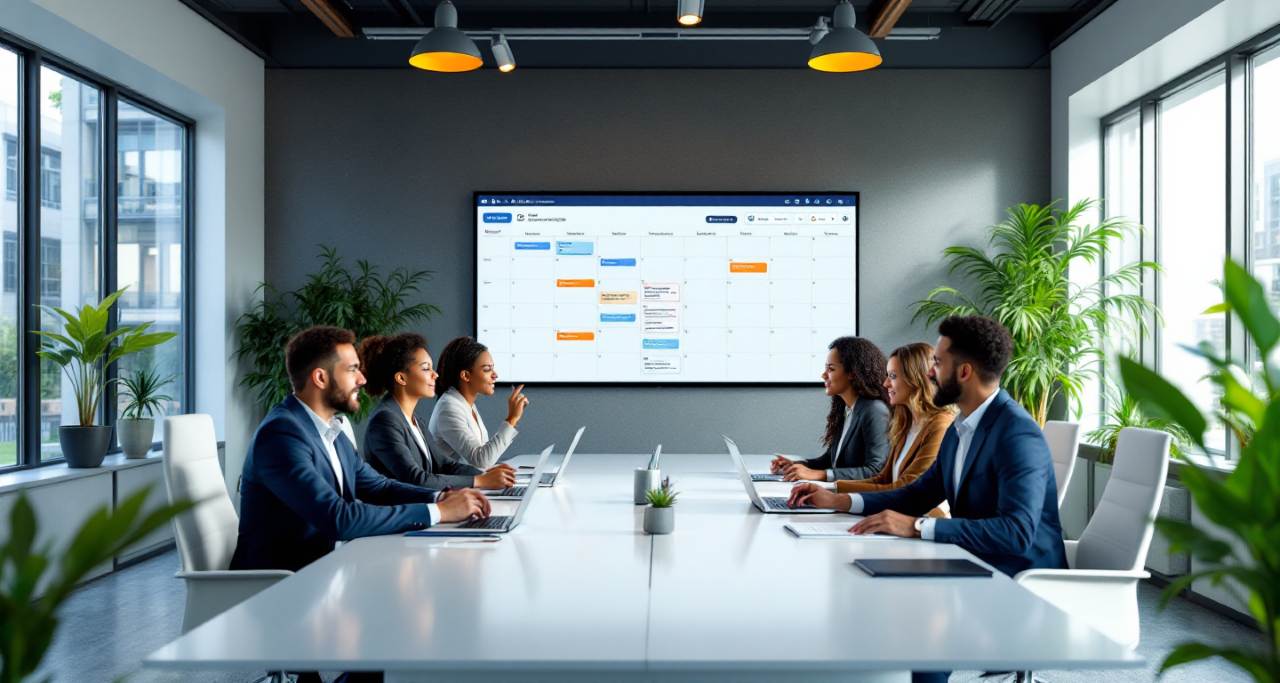
B2B appointment setting is a tough game. You’ve got decision-makers to chase, gatekeepers to bypass, and a sales pipeline that can feel like a slow-moving train.
The reality? If your strategy isn’t sharp, you’ll waste time on unqualified leads and missed opportunities.
The good news? There are ways to make it easier. In this article, we’ll break down the biggest challenges in B2B appointment setting—and, more importantly, how to fix them. Let’s dive in.
Why B2B Appointment Setting Matters
Without a steady stream of qualified meetings, your sales pipeline dries up. And when that happens? Your revenue takes a hit.
B2B appointment setting isn’t just about booking meetings. It’s about starting meaningful conversations that turn into deals. The right approach ensures you’re speaking with the right people at the right time—maximizing your chances of closing the sale.
Key Challenges in B2B Appointment Setting
Reaching the Right Decision-Makers
Finding the right person is half the battle. You might spend hours emailing or calling, only to realize you’ve been talking to someone with no buying power. Frustrating? Absolutely.
Many decision-makers are busy. They ignore cold outreach. Others delegate initial conversations to junior staff. If your message doesn’t cut through the noise, you won’t get far.
Overcoming Gatekeepers
Receptionists, assistants, and automated phone menus—the classic gatekeepers. Their job? Keep distractions (like you) away from executives.
If you sound like every other salesperson, they’ll shut you down instantly. Getting past them requires a mix of confidence, strategy, and, sometimes, a little creativity.
Handling Rejections and No-Shows
Rejection is part of the game. Not every prospect wants to talk, and even when they do, some won’t show up.
The worst part? No-shows waste time. Your sales team spends hours prepping for a meeting that never happens. That’s lost revenue, lost momentum, and a whole lot of frustration.
Navigating Long Sales Cycles
B2B sales aren’t quick. Deals can take months—sometimes even years—to close. And along the way? You’ll hit roadblocks. Decision-makers leave, budgets change, and priorities shift.
Without a strong follow-up strategy, leads go cold. And once they do, it’s tough to bring them back.
Maintaining Lead Quality and Qualification
Not all leads are worth your time. Some look good on paper but aren’t the right fit. Others express interest but lack the budget or authority to move forward.
Wasting time on unqualified leads kills efficiency. A strong qualification process ensures you’re chasing the right opportunities, not dead ends.
Effective Solutions to Improve Appointment Setting
Leverage Multi-Channel Outreach
Cold calls alone won’t cut it. Neither will emails. Today’s buyers are on multiple platforms—LinkedIn, email, phone, and even SMS.
The trick? Use a combination of channels. If a prospect ignores your email, connect on LinkedIn. If they don’t pick up your call, try a follow-up message. Persistence—without being annoying—is key.
Personalization and Targeted Messaging
Nobody wants a generic sales pitch. If your outreach sounds like a copy-paste job, expect silence.
Instead, tailor your message. Reference their company, recent achievements, or shared connections. Make it clear why your solution matters to them. The more personalized your approach, the higher your chances of getting a response.
Utilize Automation and CRM Tools
Manually tracking leads? That’s a recipe for disaster. You’ll lose track of follow-ups, miss key details, and waste valuable time.
A good CRM system keeps everything organized. It tracks interactions, schedules reminders, and helps you automate repetitive tasks—so you can focus on closing deals, not chasing paperwork.
Train and Optimize Sales Teams
Even the best tools won’t help if your team isn’t prepared. Appointment setting requires skill—knowing what to say, how to say it, and when to follow up.
Regular training sharpens those skills. Role-playing exercises, call reviews, and ongoing coaching ensure your team stays sharp and adaptable.
Build Strong Follow-Up Strategies
Most deals aren’t closed on the first call. Or the second. That’s why follow-up is everything.
A well-timed follow-up email or call keeps your company top-of-mind. But there’s a fine line between persistence and annoyance. The key? Value. Every follow-up should offer something useful—an insight, a case study, or a solution to their problem.
Measuring Success: KPIs & Performance Metrics
What gets measured gets improved. To refine your appointment-setting process, track key metrics:
- Conversion rates – How many calls turn into meetings?
- Call-to-appointment ratios – Are your conversations leading to booked calls?
- Engagement rates – Are prospects opening emails, responding, and showing up?
Analyzing these numbers helps you spot weaknesses, refine your approach, and improve results.
Turning Challenges into Opportunities
B2B appointment setting isn’t easy. It’s filled with roadblocks, rejections, and a whole lot of waiting. But with the right strategy? It becomes a powerful tool for driving sales.
Focus on the right prospects. Personalize your outreach. Stay persistent, but always add value. Do this consistently, and you’ll turn cold leads into booked meetings—and booked meetings into long-term clients.
